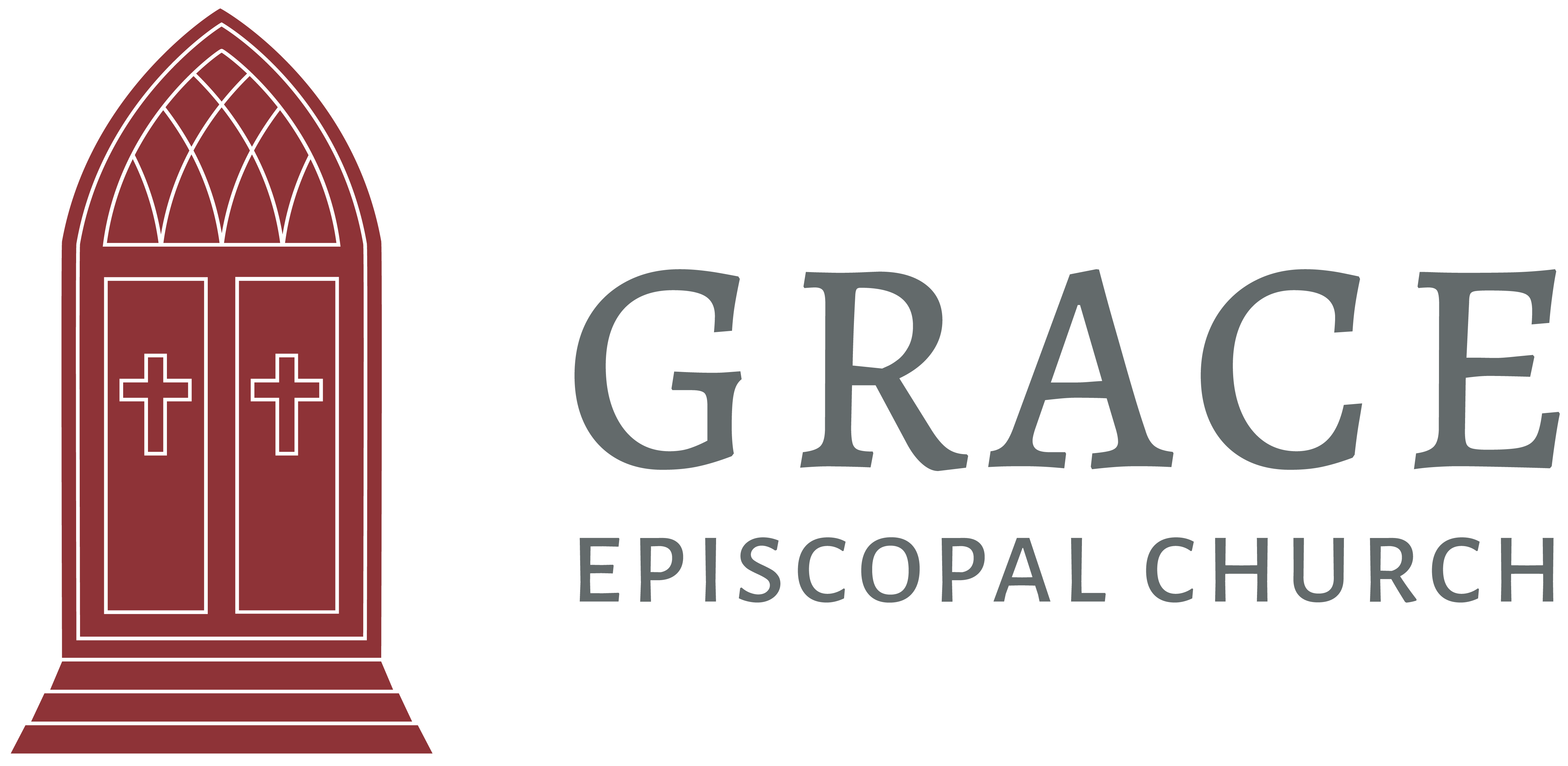Psalm 55; Neh. 4:1-23; Rev. 7:4-17; Matt. 13:31-35
With your permission, let’s go off topic (although Revelation is in today’s reading list, so spooky and ghoulish isn’t entirely off-topic, right?). Let’s talk about Hallowe’en and honesty. Every year I hear a lot of amped-up anxiety about Hallowe’en. It’s the devil’s day! It’s the survival of an ancient Irish festival of the dead honoring some blood thirsty deity named Samhain! (Never pronounced correctly by the people spitting out the name–it’s “sow-wen”, mh being a vowel in Irish, and what about that the prohibition on even naming pagan deities found in Exodus 23:13?) Witchcraft, deviltry, poison candy (which, by the way, is almost 100% an urban myth)! Little kids shivering in fear hand me tracts telling me the satanists lurk at every door waiting to kidnap and eat children, leading me to wonder what kind of parents they have who let them hand such tracts to total strangers in the dark.
Ahem. Take a deep breath, friends. I know people say this stuff, and they say it on tv, and they quote the people who said it last year. It’s also…fake news. Here’s the true truth: All Hallows’ Eve is the natural outgrowth of a very ancient Christian tradition of having an evening service before really big festivals (think of Midnight Mass for Christmas, or the Great Vigil of Easter). The big festival in question is All Saints’ Day, Nov 1. Which isn’t Irish at all, but Italian. An 8th c pope dedicated a chapel on Nov 1 in honor of all the saints and martyrs, known and unknown, and the date was picked up as a handy catch-all Christian memorial day throughout western Europe. A day to remember the holy dead, not shiver in fear of the evil dead. Christians aren’t supposed to fear the dark, or death, or evil, friends: our sacred texts teach us that they’ve already lost the whole game, for Christ has risen from the dead and trampled down death by death!
Samhain, by the way, isn’t an Irish god at all. It’s a day, the end of summer, observed around (but not exclusively on) Nov 1 in ancient Ireland. Very unclear what, precisely, the ancient Irish did on that day, as the only records are written down by their Christian descendants centuries later. But on the whole, it seems to be a lot like other ancient festivals that involved harvest and slaughter to stock up for the cold dark winter ahead: lots of feasts, bonfires, and yes, ghost stories invoking the ancestors. No doubt the wind blew cold and people whispered about the goblins and spirits of winter being hungry. Like all the ‘quarter days’ of the Celtic calendar, it was believed that the dead were able to communicate more easily with the living at this time of year. But really friends, every day of the year once had some pagan festivity or other on it. And why shouldn’t it? Paganism, while not my religious choice, is entitled to its festivals as well. Witches–at least, the wiccan sorts who are the majority of modern American neogpagans–are neither malevolent nor bloodthirsty. If they want to celebrate their festival on the same day that I (thanks to an Italian chapel) coincidentally celebrate my own, no skin off my nose. Wiccan friends, enjoy your Samhain as I’m completely coincidentally enjoying my All Saints.
Costumes? Well, until the 1920s Hallowe’en in America was about tricks, not treats. Teens knocked over outhouses and let cows out of the barns. Until an enterprising chamber of commerce in Anoka Minnesota decided that they’d had enough and came up with the idea of a Hallowe’en dedicated to treats. They invented the costume parade down Main Street with people handing out candy and commenting on the cute princesses. This afternoon , 1 pm, 101st Anoka Hallowe’en parade! Drive fast to be there! And sure, some of the costumes can get dark–but medieval churches are frescoed top to bottom in scary martyrdom scenes that look greatly like Grand Ave will tomorrow: lopped arms and spurting blood aplenty. Just because something’s dark doesn’t mean it’s evil through and through. Read your Bible: plenty of gore in there!
You don’t have to like Hallowe’en. (I do, obviously.) But we spout a lot of nonsense in modern America, and then quote the nonsense as if it were documented fact. The true truth is that Hallowe’en’s a bizarre and largely inexplicable American amalgam of Christian memorial day, harvest festival, a handful of distinctively Irish folk customs (jack o’lanterns and bobbing for apples), and good old fashioned chamber of commerce civic engagement. I’ve seen Hallowe’en like festivals in southern Germany on Nov 11 (St Martin’s day, kids in ghost sheets with jack o’lanterns, candy handed out, whole nine yards, but who claims that Hallowe’en is about a Roman centurion turned bishop? no one…) and in New Orleans just before Ash Wed. Dressing up, parading around the streets in the dark and having fun isn’t unique to Oct 31 and it’s not demonic or wicked unless you turn it so. Heck, I for one might suggest that Jan 30, when Paul von Hindenburg appointed Adolf Hitler as Chancellor Germany, is far more likely to have had the prince of darkness chuckling than do some tykes in ninja outfits. The point is that saying something loudly and often doesn’t constitute proof. Christians are called to live by the Truth: and just because something is said loudly and often and, gasp, online doesn’t make it true. Before you say it, check your sources. And no, “everybody knows” isn’t a source.
